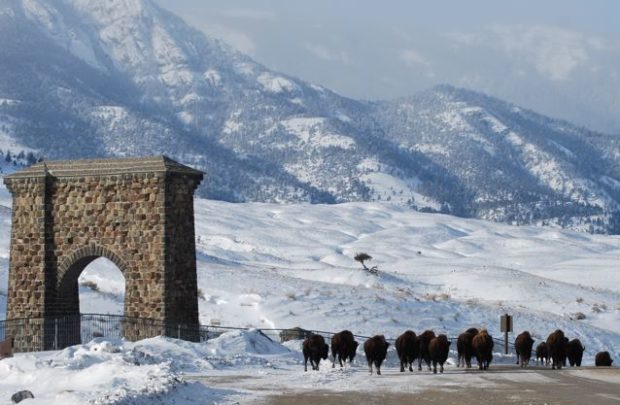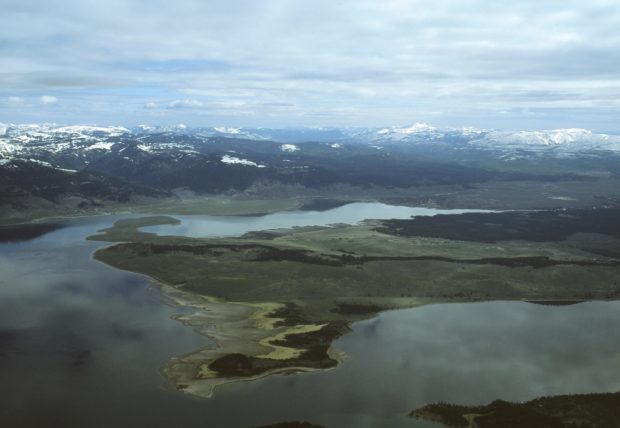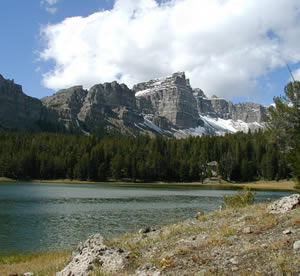We have much more to do and your continued support is needed now more than ever.
Charting a New Path for Yellowstone’s Bison
Yellowstone’s bison have faced more hardship and controversy than nearly any other large mammal in America. In the early 20th century, bison were nearly slaughtered to extinction by commercial hunters. The National Park Service estimates that less than 50 wild bison remained in Yellowstone in 1902.
Thankfully, the species has rebounded incredibly since that time. Past conservationists like Theodore Roosevelt and William Hornaday ensured a future for bison by protecting the few that remained.

- Provide More Room to Roam: Currently, when bison leave Yellowstone National Park each winter in search of food, they are only allowed on limited adjacent land, and then they pushed back into the park each spring. The organizations urge that the new plan more closely examines park-adjacent public land in Montana as potential year-round bison habitat.
- Treat Bison Like Other Wildlife: While there have been zero instances of brucellosis transmission between Yellowstone bison and cattle, fear of transmission has served as justification for ongoing intensive management efforts, including shipping park bison to slaughter when bison migrate into Montana. Based on what we know about the likelihood of disease transmission today, bison should be treated more like other Yellowstone wildlife on the landscape.
- Decrease the Slaughter: Under the current management plan, Yellowstone bison are often rounded up and shipped to slaughter. This winter, more than 600 bison were removed from the Yellowstone herd in this manner. Traditional wildlife management tools should be used to manage the movement and size of Yellowstone-area bison on park adjacent habitat in Montana

How does Adopt a Wildlife Acre work?

What does the future look like for bison?
The future is bright for America’s largest land mammal. NWF’s decades-long commitment to Yellowstone has resulted in an incredible opportunity to expand habitat for bison beyond the Park’s boundaries. Although bison management in Yellowstone has been heavily debated for nearly a century, NWF couldn’t be more excited about the opportunities on the horizon. As they say, “we’re almost over the hump!”
To see where we’ve been working, check out our Wildlife Conflict Resolution Program page!





















